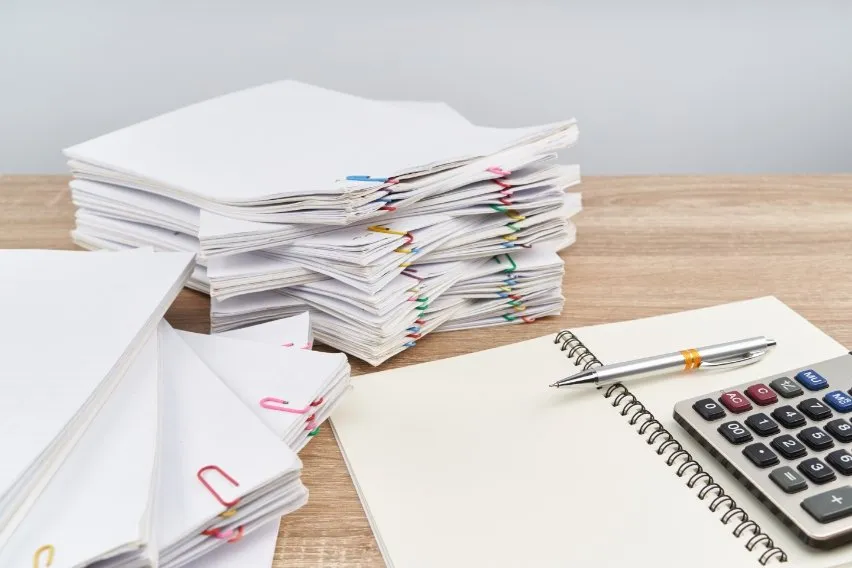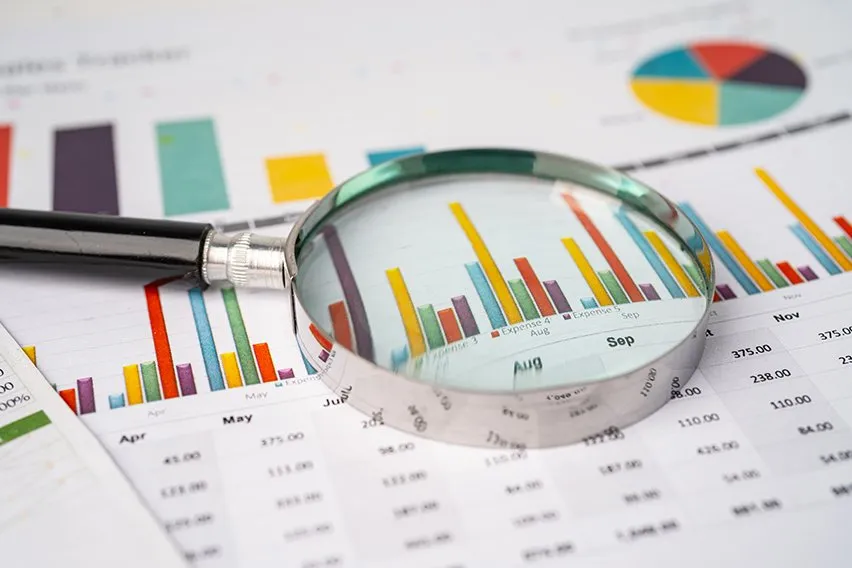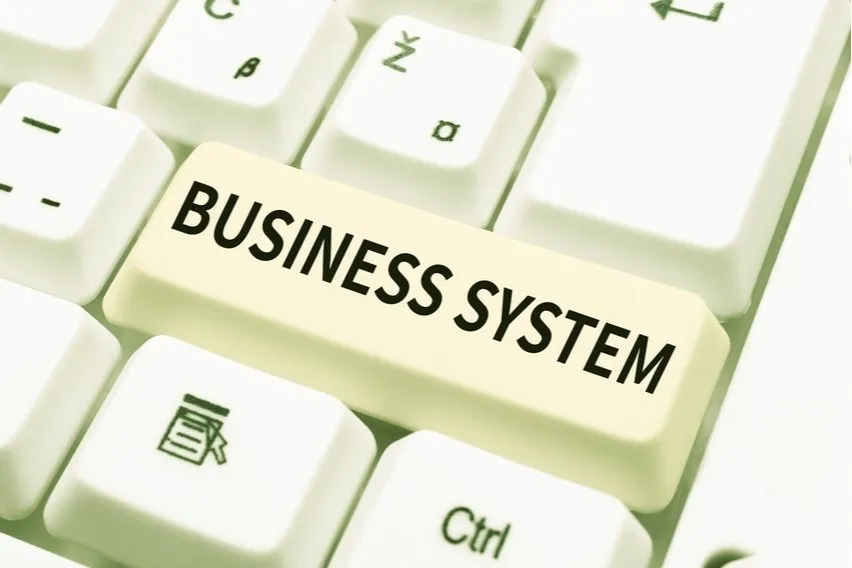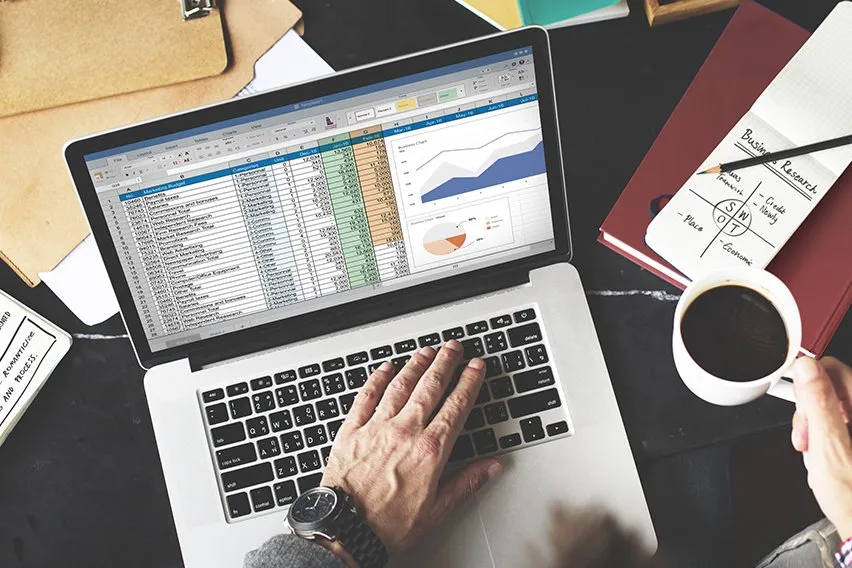Source Documents in Accounting: Definition, Importance & Types

A variety of documents are utilised in small business accounting to compile the financial accounts of the enterprise. The accounting books’ core papers—purchase orders, invoice source documents, and receipts—contain all pertinent information about each transaction.
Read on as we take a deeper look at a list of these distinct business source papers and an explanation of their functions.
Table of Contents
What are Source Documents in Accounting?
Importance of Source Documents in Accounting
Types of Source Documents in Accounting
How Long to Keep Source Documents?
How to File and Track Source Documents
What Are Source Documents in Accounting?
Source documents are an internal document that act as tangible evidence of a business deal. They function by giving the bookkeeping process a reference point.
A paper trail is created each time a business engages in a financial transaction. The term source documents in accounting refers to this paper trail. All of the corresponding records are sources of information, including:
- Checks written to be cashed
- Sales made to produce receipts
- Bills delivered by suppliers
- Timesheets filled out by employees

Importance of Source Documents in Accounting
There is a primary reason why source papers are crucial to the bookkeeping and accounting process. This is that they provide tangible proof that a financial transaction actually took place. These days, these documents may be in a traceable electronic form rather than a physical hard copy.
Source documents are also crucial for the auditing procedure. When a company is audited, the auditor’s ability to see a complete and easily available paper trail of all transactions improves the audit’s overall objectivity and validity.
Auditors require complete access to all the papers in order to confirm the accuracy of the company’s balances in each account. All of a company’s source papers should be saved and stored for later use in order to improve transparency and streamline operations.
Types of Source Documents in Accounting
The most commonly used types of source documents in accounting are as follows:
Orders
A business will fill out an order form when it needs to purchase something. The order form could be as straightforward as a page cut out of a duplicate book or it could also be one that the seller provides through its online store or catalogue.
Because the buyer might not be aware of the cost while placing a purchase, order forms may not always include the cost.
Quotes
The customer could request quotes for the goods it wishes to purchase from other sellers. A selection over which seller to purchase the product from will be made after considering and weighing the estimates, typically based on who is the least expensive.
The successful supplier will then convert the quote into a sales invoice after an order has been placed.
Sales and Purchase Invoices
The seller will produce a paper outlining all the specifics of the sale when an item is sold. If the vendor does not require payment in full before shipping the goods, they will specify their payment terms, or how long the buyer has to pay, on their invoice.
Delivery Dockets
A delivery docket will frequently be provided by the seller along with the goods being shipped, posted, or delivered. These frequently include a description of the delivered goods so that the customer may compare it to their order as soon as it arrives.
Payment/Remittance Advices
When a consumer pays their bill, they send a remittance advice to the supplier that includes the payment amount and the invoice numbers. If payment is made using internet banking, it will either be posted along with the check or separately.
On sales/purchase invoices, remittances are frequently pre-printed as a tiny cut-out piece at the bottom or along the right side.
Credit and Debit Notes
The seller will include an unique remark to indicate the amount to be repaid if the buyer decides not to keep an item but returns it to the vendor.
This is referred to as a credit note in the supplier’s bookkeeping system because it lowers the amount the client owes. Because it lowers the amount the customer owes the seller, it is known as a debit note in the customer’s bookkeeping system.
Receipts
The vendor may provide a receipt following consumer payment of the invoice.
When paying with cash, it’s a good practice to have a receipt as confirmation of payment. When purchasing goods from a store or an online retailer, receipts are typically automatically issued.
Cheques
A check is a unique bank note that serves as the customer’s payment’s representation of cash.
The person who is an authorised signatory of the bank account from which the check is issued must sign the check. Each check has a unique number that needs to be entered into the accounting software.
Deposit Slip
When a consumer pays with a check or cash, the seller creates a bank deposit slip, which is presented to the bank along with the check and cash. The total amount being deposited as well as a breakdown of the cash and check amounts will be shown on the deposit slip.
The bank will keep a record of the transaction so that it appears on both the payor’s and the recipient’s bank statements. This bank statement shows it as a payment received and made, respectively.
An accounting source document often includes the following details in its most basic form:
- The transaction’s date
- The transaction’s total value
- An explanation of the deal
- Authorising signatures, one or more
How Long to Keep Source Documents?
It’s advised to keep your source documents for five to seven years for tax purposes, though rules will differ. According to the IRS, small businesses must preserve any documentation that substantiates deductions, income, and credits until the statute of limitations for that particular tax return has run out. Depending on your tax status, this could take three to seven years.
How to File and Track Source Documents
Create a method for structured filing when you’ve sent or received a source document invoice or receipt. This will guarantee that your supporting documentation is accessible for use as a guide. To increase the system’s efficiency, there are many controls. Here are some of the more common ones:
- Give your documents a prefix number to keep them organised. Additionally, this will make it simpler to find any misplaced documentation.
- For easier retrieval, arrange documents alphabetically or by category.
- Check that account balances have been recorded by reconciling them with the relevant documentation.
- Use an automated file system to make tracking and reconciling simpler. You can usually accomplish this with accounting software.

Key Takeaways
All of the paperwork needed to create a company’s financial statements are known as source documents. Companies must save their source documents for several years. This is in case they need to be audited, according to several regulatory organisations.
When conducting audits, compliance checks, or for other business-related purposes, source documents are frequently inspected. Transactions, general ledgers, trial balances, diaries, and financial statements are a few examples of source documents.
All in all, source documents are an important aspect of running a business.
It’s vital that you make sure you’re reporting the correct transaction date, and payer. As well as the right payee, and amounts before entering a transaction into your company’s accounting records. Source documents can be used to serve as tangible evidence of this data and serve as a point of reference for the bookkeeping procedure.
FAQs on Source Documents in Accounting
Is a Journal a Source Document?
No it is not. The goal of a diary is to consistently keep track of all financial transactions in chronological order on a daily basis. Journals are “written up” using the data found on their source materials.
Is a Cash Book a Source Document?
Yes, cash register sales receipts count as a source document.
Why Source Documents Are Important in Accounting as Evidence?
They are significant because they show that a transaction actually took place. It offers significant and pertinent facts regarding the occasion, sum, parties, and other particulars of a certain transaction.
What Are External Source Documents?
Papers that your business obtains from other people or businesses are referred to as external source documents. For instance, retailers and service providers.
RELATED ARTICLES

 Cash Receipts Journal: Definition, Types, Pros & Cons
Cash Receipts Journal: Definition, Types, Pros & Cons What Is a Nominal Account? Definition & Example
What Is a Nominal Account? Definition & Example How to Calculate Settlement Discount? A Guide
How to Calculate Settlement Discount? A Guide Recoverable Amount: Definition, Formula and Example
Recoverable Amount: Definition, Formula and Example Business Systems: Everything You Need to Know
Business Systems: Everything You Need to Know 3 Best Accounting Tools for Small Business
3 Best Accounting Tools for Small Business